Is it Safe to Drink from a Stainless Steel Water Bottle?
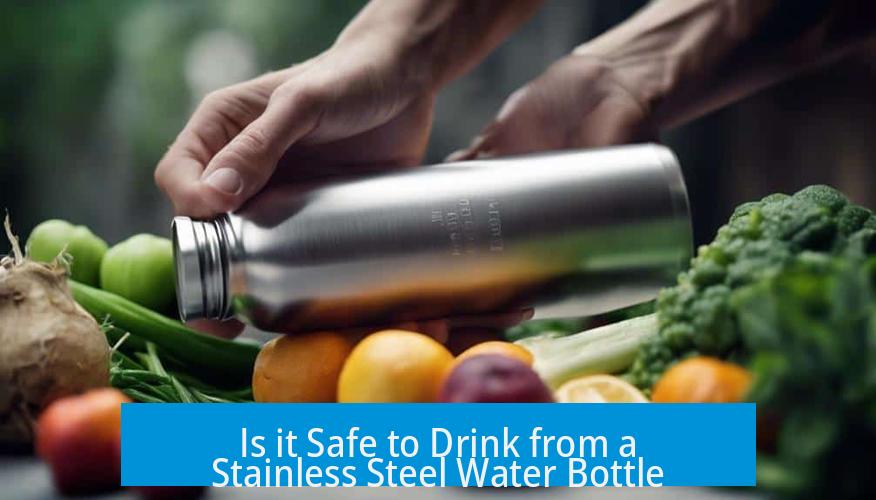
Yes, it is safe to drink from a stainless steel water bottle. These bottles are widely used for food and drink storage and meet strict safety standards. Stainless steel does not release harmful substances in normal use, making it a reliable choice for hydration.
Safety of Stainless Steel for Drinkware
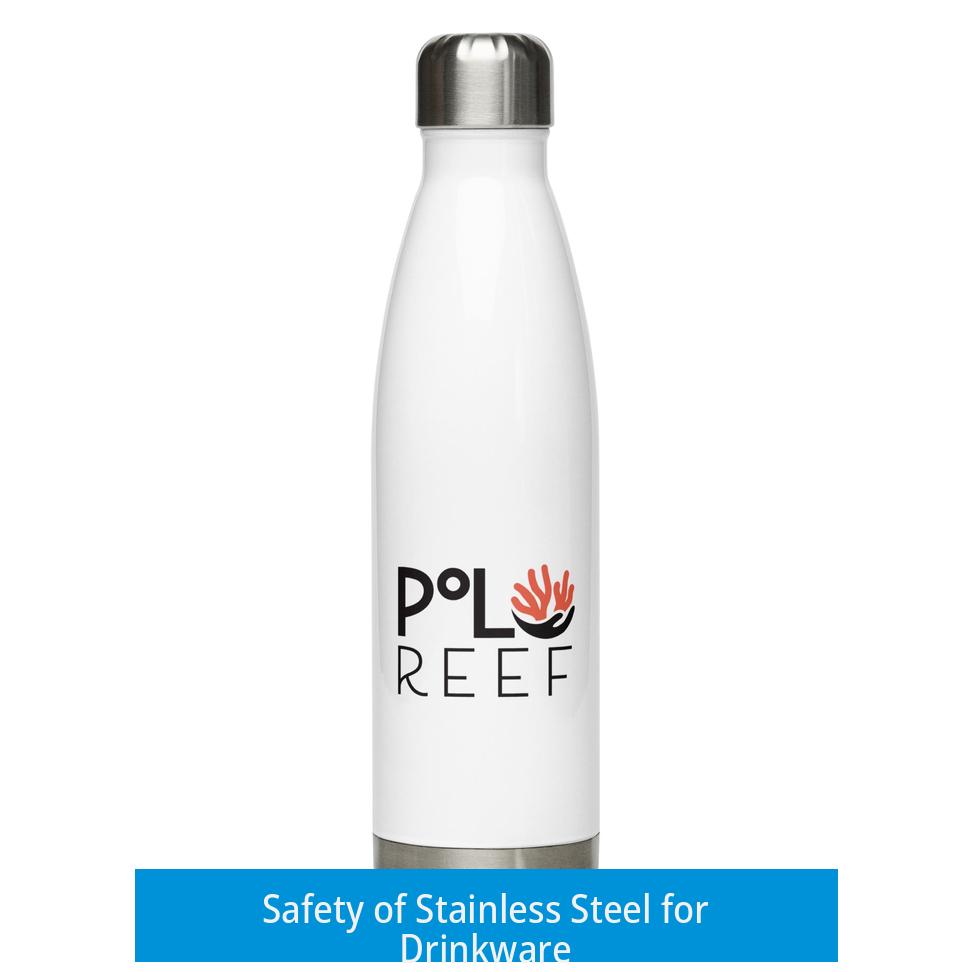
Stainless steel is a common material for kitchen utensils, cookware, and surfaces due to its durability and safety. Water bottles made from stainless steel are designed specifically for this purpose and are safe to use.
- Most stainless steel water bottles use high-quality grades such as 18/8 or 304 stainless steel.
- Surgical-grade stainless steel is often used, ensuring high purity and resistance to corrosion.
- Cheap products may contain other metals but reputable brands avoid this risk.
Inertness and Chemical Resistance
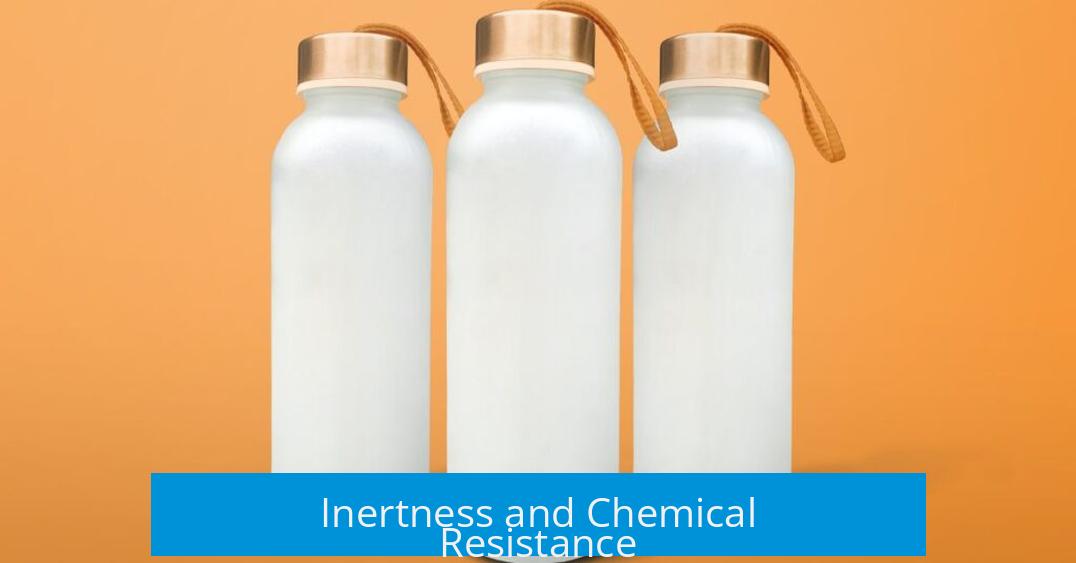
Stainless steel exhibits chemical inertness, meaning it does not easily react with substances like acidic beverages. For example, lemon juice is not acidic enough to cause metal leaching from 18/8 stainless steel.
Before being sold, stainless steel items undergo a passivation process that creates a protective oxide layer. This layer prevents substances from leaching into drinks or food.
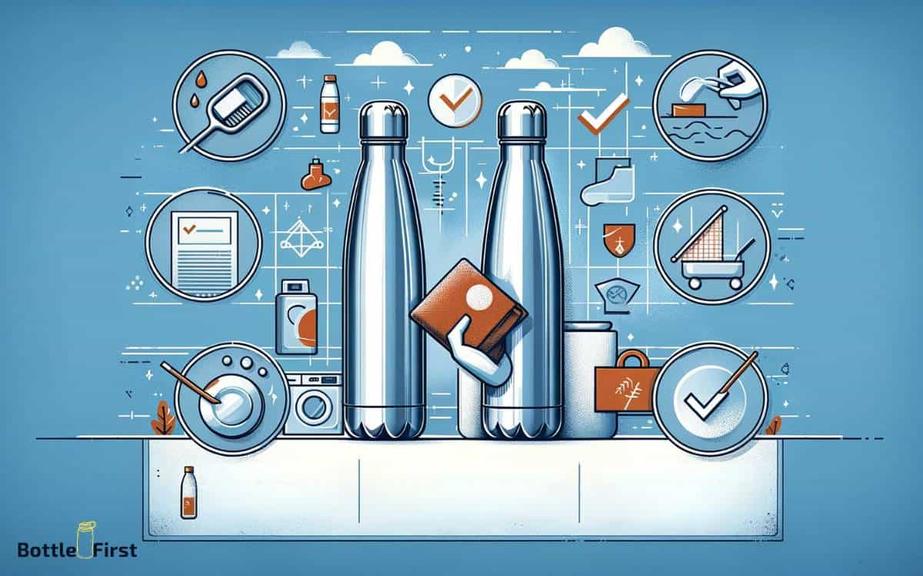
Exceptions and Cautions
In rare cases, bottles made from substandard steel grades may pose a risk. However, quality control systems typically prevent these items from reaching consumers.
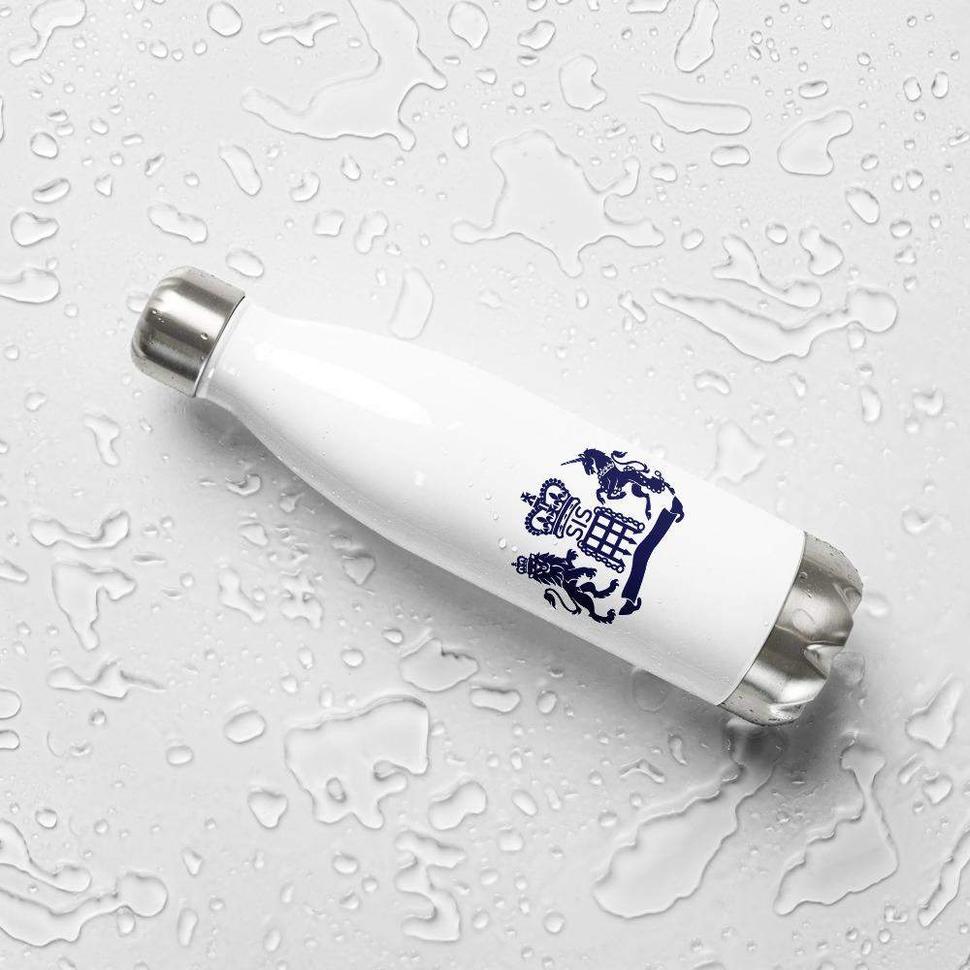
It is advisable not to store harsh chemicals like caustic lye in stainless steel bottles, as this can damage the metal.
Comparison to Other Materials
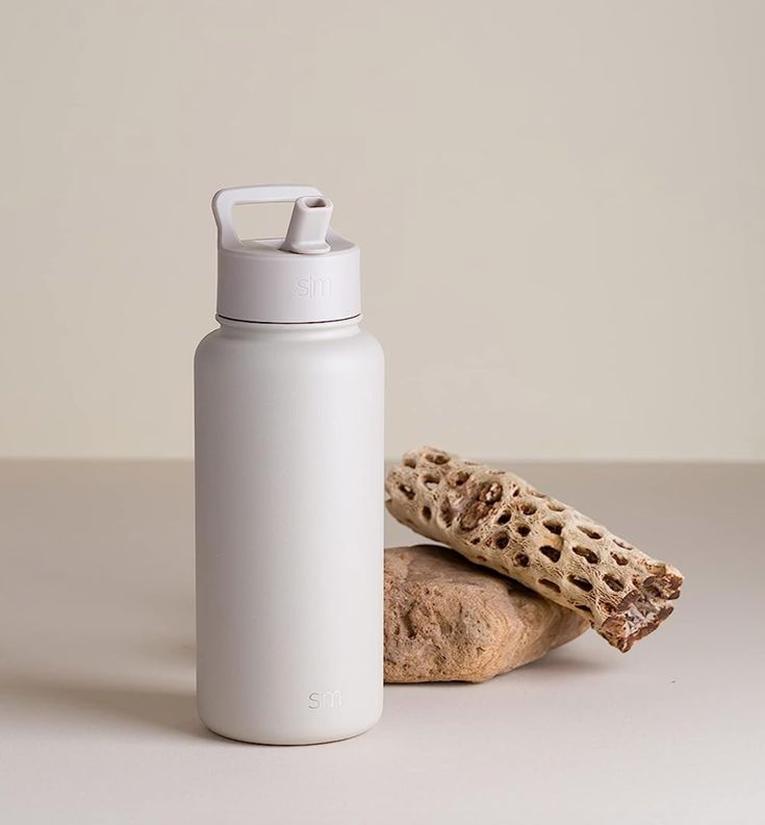
Stainless steel water bottles are considered safer than plastic ones due to the absence of harmful chemicals like BPA and phthalates.
They are also durable, hygienic, and resistant to odors and staining, making them a healthy choice for everyday hydration.
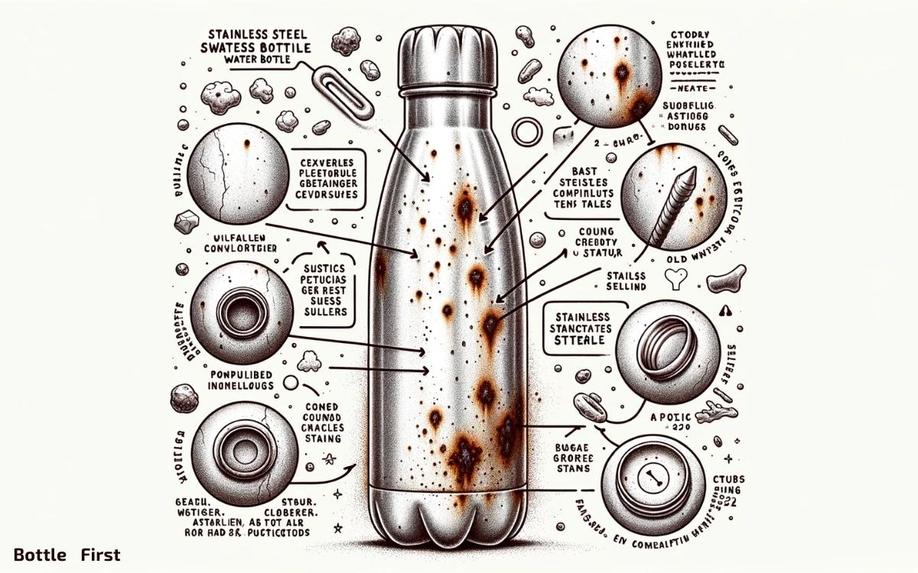
Myths and Misconceptions
- Stainless steel does not react with lemon to produce harmful bacteria.
- It is not toxic or dangerous to use for drinking water.
- Such false claims lack scientific backing and are often humorous exaggerations.
Key Takeaways
- Stainless steel water bottles are safe for drinking and widely used.
- The material resists corrosion and does not leach metals in normal use.
- Passivation ensures minimal chemical interaction with beverages.
- Use bottles from reputable manufacturers to avoid substandard steel.
- Stainless steel is generally safer than plastic alternatives.
Is It Safe to Drink From a Stainless Steel Water Bottle?
Simply put, drinking from a stainless steel water bottle is very safe. If you’ve been wondering whether that sleek, metal bottle you carry around might be secretly plotting against your health, you can breathe easy. Stainless steel ranks high as a safe, durable option for drinkware, bar none. But let’s unpack why this is the case and clear up some myths along the way.
Most folks are familiar with stainless steel in kitchens already. Think about it: your cutlery, pots, pans, and even countertops often feature stainless steel. If it’s trusted there, why not in your water bottle? Manufacturers producing stainless steel bottles are well aware of safety demands. The market won’t tolerate anything less if they want to stay in business.
Here’s the deal: stainless steel, especially in the common 18/8 or Type 304 variety, is highly inert. This means it doesn’t react chemically with your drink. Lemon water lovers, rejoice! Unlike some rumors might suggest (did someone ever say lemon juice and stainless steel create flesh-eating bacteria? No, that’s just a joke that sadly doesn’t make the rounds enough to be believable), there’s no hazardous interaction.
In fact, lemon juice isn’t acidic enough to leach metals from a quality stainless steel surface. That’s because products have to be “passivated” before sale—a fancy term for treating the steel so it forms a protective layer. This layer guards against corrosion and keeps things pure. Unless a rogue manufacturer uses illegal steel grades or lets a defective batch slip through quality control (rare but not impossible), your bottle isn’t secretly dissolving into your drink.
One should be cautious, though—don’t store harsh chemicals like caustic lye in your bottle. That’s a different story. But if it’s just water, juice, or your favorite sports drink, stainless steel is your friend.
How Does Stainless Steel Stack Up Against Other Materials?
When compared to plastic bottles, stainless steel wins many safety points. Plastic can leach chemicals like BPA into drinks, especially if exposed to heat or sunlight. Stainless steel doesn’t have such baggage. Moreover, stainless steel bottles tend to stay cleaner and odor-free longer.
Glass is another contender in reusable drinkware, often praised for being inert and safe. While glass bottles are excellent, they lack the durability of stainless steel and can break easily. Stainless steel bottles offer the best of both worlds: safety plus ruggedness.
Practical Benefits of Stainless Steel Water Bottles
- Durability: Stainless steel doesn’t crack or warp, perfect for daily hustle.
- Temperature retention: Many stainless steel bottles are insulated, keeping drinks cold or hot for hours.
- Eco-friendly: Reusable and robust, steel bottles help reduce single-use plastic waste.
- Taste neutral: Unlike plastic, steel won’t impart funky flavors to your drink.
I’ve personally ditched plastic and glass bottles for stainless steel. After a month, my bottle still looks brand new, and the water tastes fresh. No weird aftertaste, no leaks—just grab and go.
Should You Worry About Cheap Bottles?
Fair question. Buying the cheapest stainless steel bottle on the market might expose you to mixed metals or lower quality alloys, which might pose problems if you’re frequently storing acidic drinks like citrus-infused water. It’s a gamble. To be safe:
- Choose reputable brands that specify “food-grade” stainless steel (usually 18/8 or 304).
- Check for certifications or customer reviews supporting safety claims.
- Avoid bottles that feel overly light or flimsy—sometimes a clue of compromised quality.
Remember, surgical instruments use stainless steel, so you’re in good company.
Clearing Up Some Myths—And Sharing a Laugh
Now, some skeptical voices might have you thinking stainless steel bottles are some epic danger zones. Here’s a brief humor check:
“No, stainless steel reacts with lemon to produce flesh-eating bacteria!!!!” (Nope, just kidding.)
“You will instantaneously die when your lips meet the bottle. It is highly toxic.” (Surely not.)
“Bullets are made of metal.” (True, but not your bottle.)
Science says your bottle is safe, refreshing, and the right choice for hydration.
Final Verdict: Drink Up Without Worry
Drinking from a stainless steel water bottle isn’t just safe—it’s probably safer than many alternatives. Its inertness, resistance to acids, and robust build make it ideal for everyday use. Just avoid the suspiciously cheap models and anything meant to hold harsh chemicals. Keep it clean and enjoy your drinks happily and healthily.
So, next time you grab your stainless steel bottle, rest assured you’re making a smart, safe choice for your hydration needs—and the planet too!
Is stainless steel completely safe for daily use in water bottles?
Yes. Stainless steel water bottles are safe for daily use. They do not leach harmful substances into water under normal conditions.
Can acidic drinks like lemon water harm stainless steel bottles?
No. Lemon juice is not acidic enough to break down 18/8 or 304 stainless steel. The bottles undergo passivation to prevent leaching.
Are all stainless steel water bottles the same quality?
Most bottles use safe grades like 304 or 18/8. However, very cheap bottles may contain other metals that react with acidic drinks.
Is it safe to store other liquids besides water in stainless steel bottles?
Generally yes, but avoid storing strong caustic substances like lye. Otherwise, stainless steel resists most chemicals well.
How does stainless steel compare to plastic bottles in safety?
Stainless steel is likely safer. It doesn’t leach chemicals like some plastics can, especially under heat or long-term use.


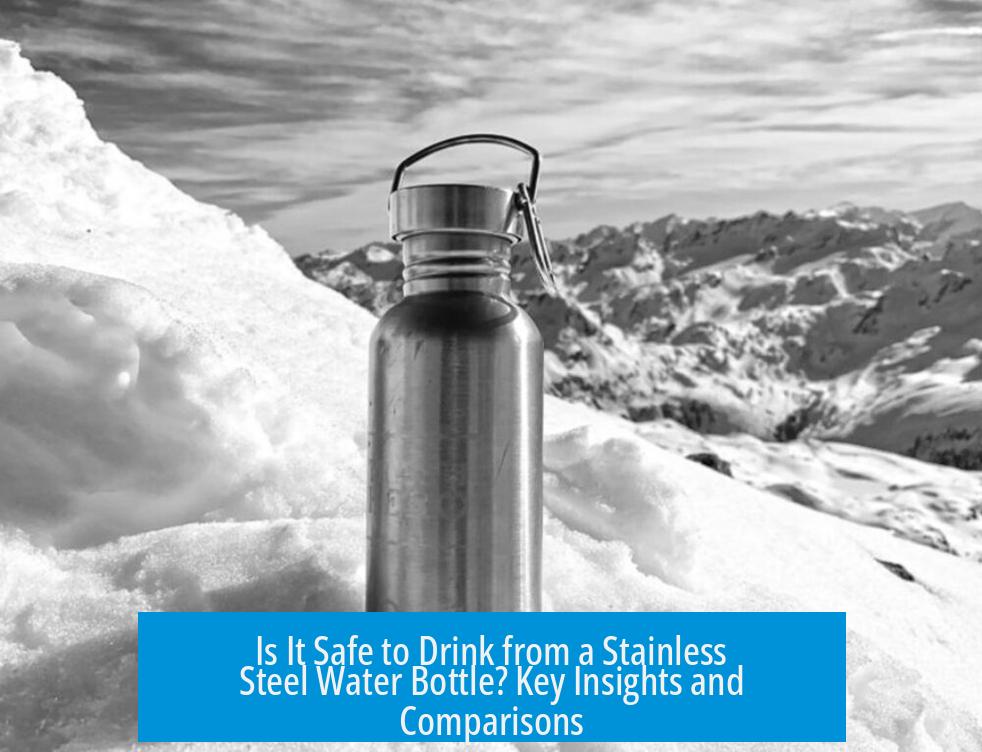

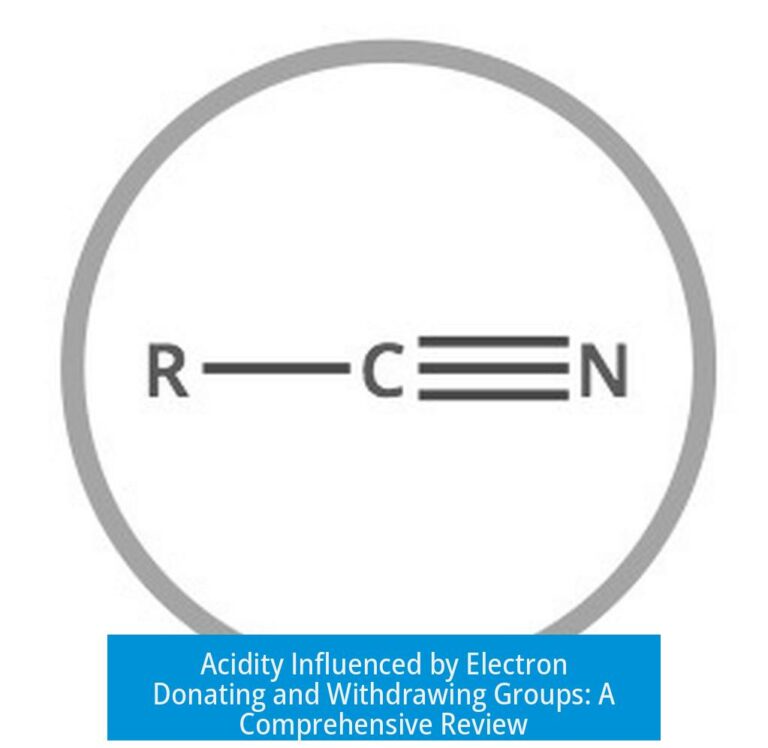
Leave a Comment